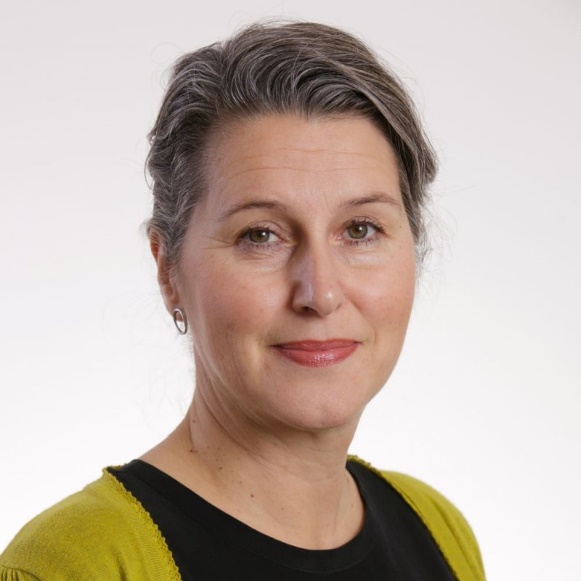Researchers in the Quality in Culturally Diverse Classrooms (QuiCC) project have published a study of Nordic policies on second languages (L2) and mother tongues (L1) in education. The paper examines to what extent the stated policies reflect a common Nordic dimension.
The Nordic dimension
The study, published in Nordic Studies in Education, found that the Nordic countries share common values in their language education policies ‘demonstrated through an explicit ambition to provide opportunities for the education of immigrant students, both in the students’ L2 and L1.’
However, the study also concludes that there are differences between the Nordic countries in how L1 and L2 are valued in their policy documents.
Finland and Sweden, for example, define L2 as its own subject in the curriculum. Norway, Denmark and Iceland, on the other hand, frame L2 as a temporary or supplementary subject for students who are not proficient in the majority language. Researcher Renata Emilsson Peskova explains:
“Students enjoy different rights depending on their residence, number of students who speak the same language, availability of mother tongue teachers, national curricula, and other circumstances."
Emilsson Peskova adds that "the five Nordic countries make unequal provisions to fulfil common values, stated in the Nordic language policy (2007).”
Are the Nordic countries drifting apart?
While the paper emphasizes that there is a common Nordic dimension in policies on L1 and L2, the researchers also see indications that this may be changing.
“The differences that we found might indicate that the Nordic countries are drifting apart regarding L1 and L2 in schools. In the future, we think that we might even see increased differences, depending on the societal and political developments in each country,” says Emilsson Peskova, before adding that the researchers “hope is that the doors will be open for a future with a stronger Nordic dimension in inclusive education.”
Quality in Culturally Diverse Classrooms
The QuiCC project continues to conduct research on teaching quality in culturally diverse and plurilingual classrooms in the Nordic countries.

Principal investigator of QuiCC, Professor Hermína Gunnþórsdóttir, put this latest study in the context of the project's larger work.
“Through our video analysis the researchers in QuiCC have identified some practices that they believe are beneficial for multilingual students, such as:
- The teacher asks open questions and gives everyone a chance to express themselves
- The teacher makes sure that everyone has a partner and is in pairs or groups
- The teacher is active in the dialogue with the students but does not take over the dialogue
- All students are active in a process that requires them to think, guess, discuss and express their own ideas
- The subject matter is discussed in the students’ own terms, for example concepts and definitions.
“Despite our finding that there is an overall common Nordic dimension in the Nordic policies, in our classroom observations we see few examples of these kinds of opportunities across the Nordic countries. The majority of the lessons are designed for a monolingual cohort of students.”
More academic articles from QuiCC, exploring other dimensions of culturally diverse and plurilingual classrooms, are expected over the course of the next year.
Reference:
Emilsson Peskova, R., Lindholm, A., Ahlholm, M., Vold, E. T., Gunnþórsdóttir, H., Slotte, A., & Esmann Busch, S. (2023). Second Language and Mother Tongue Education for Immigrant Children in Nordic Educational Policies: Search for a Common Nordic Dimension. Nordic Studies in Education, 43(2), 128–144. https://doi.org/10.23865/nse.v43.3982
